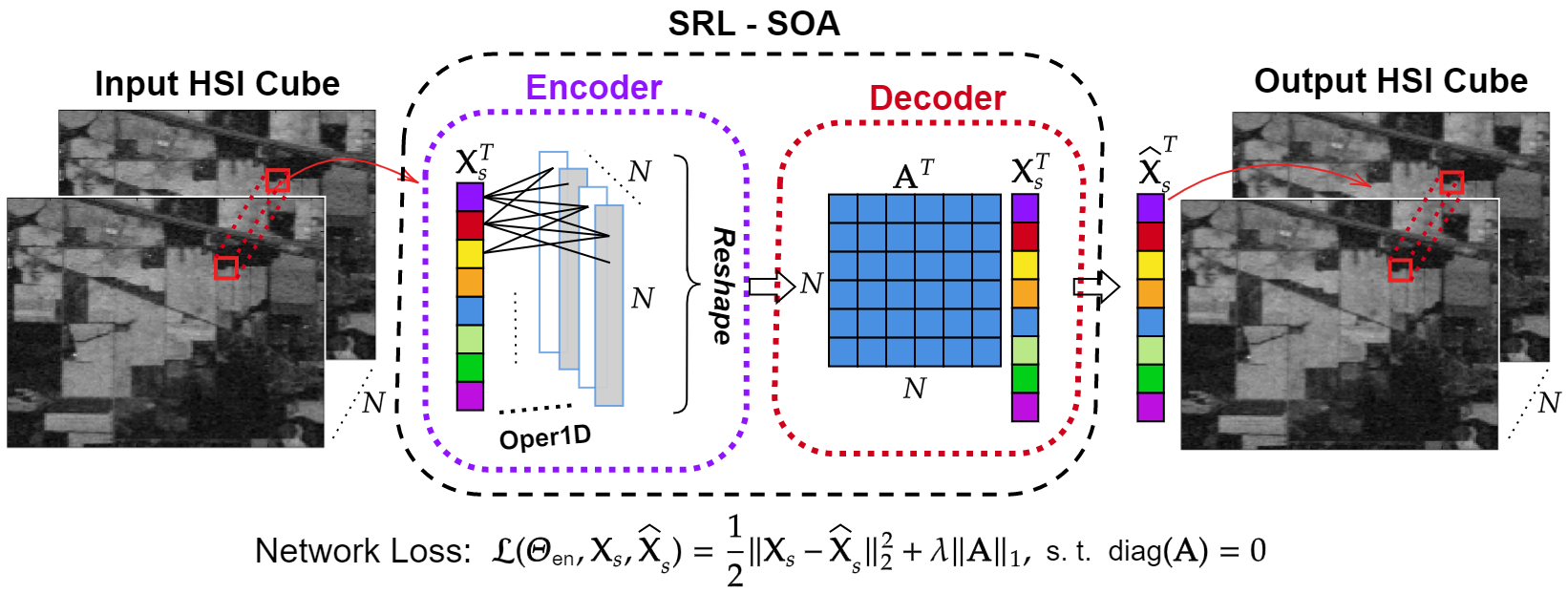Representation Based Regression for Object Distance Estimation
In this study, we propose a novel approach to predict the distances of the detected objects in an observed scene. The proposed approach modifies the recently proposed Convolutional Support Estimator Networks (CSENs). CSENs are designed to compute a direct mapping for the Support Estimation (SE) task in a representation-based classification problem. We further propose and demonstrate that representation-based methods (sparse or collaborative representation) can be used in well-designed regression problems. To the best of our knowledge, this is the first representation-based method proposed for performing a regression task by utilizing the modified CSENs; and hence, we name this novel approach as Representation-based Regression (RbR). The initial version of CSENs has a proxy mapping stage (i.e., a coarse estimation for the support set) that is required for the input. In this study, we improve the CSEN model by proposing Compressive Learning CSEN (CL-CSEN) that has the ability to jointly optimize the so-called proxy mapping stage along with convolutional layers. The experimental evaluations using the KITTI 3D Object Detection distance estimation dataset show that the proposed method can achieve a significantly improved distance estimation performance over all competing methods. Finally, the software implementations of the methods are publicly shared at https://github.com/meteahishali/CSENDistance.
PDF Abstract



 KITTI
KITTI